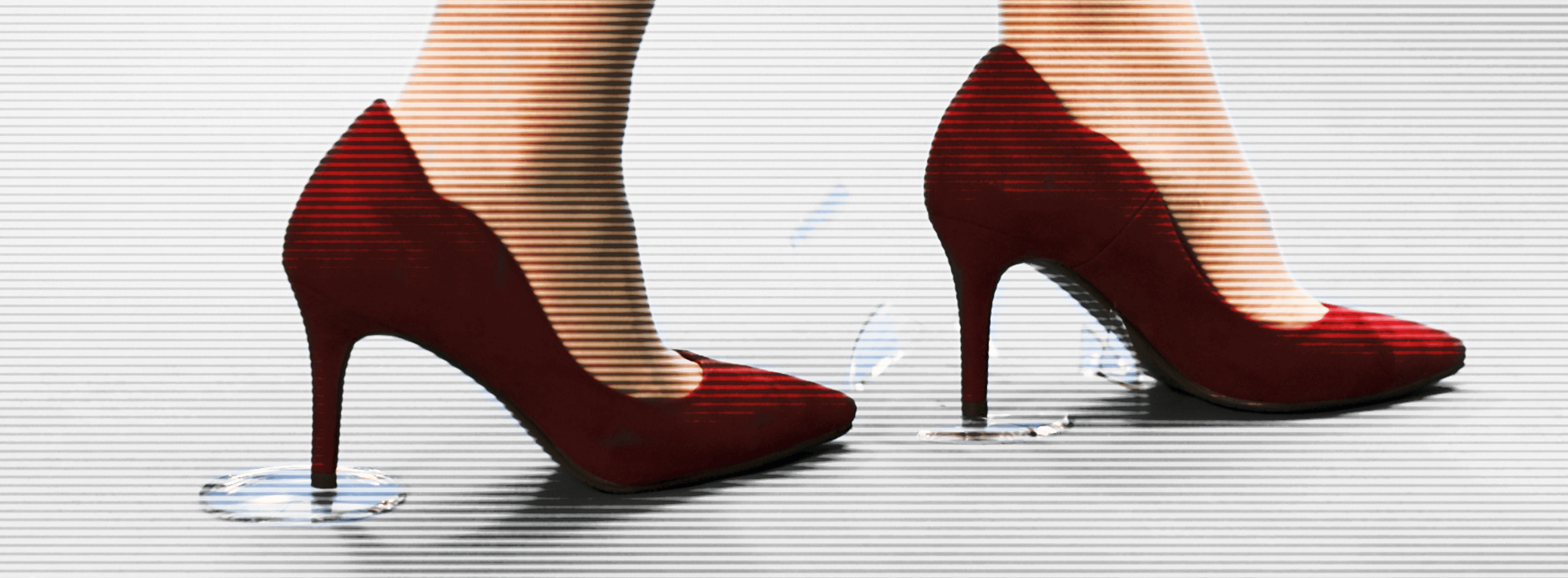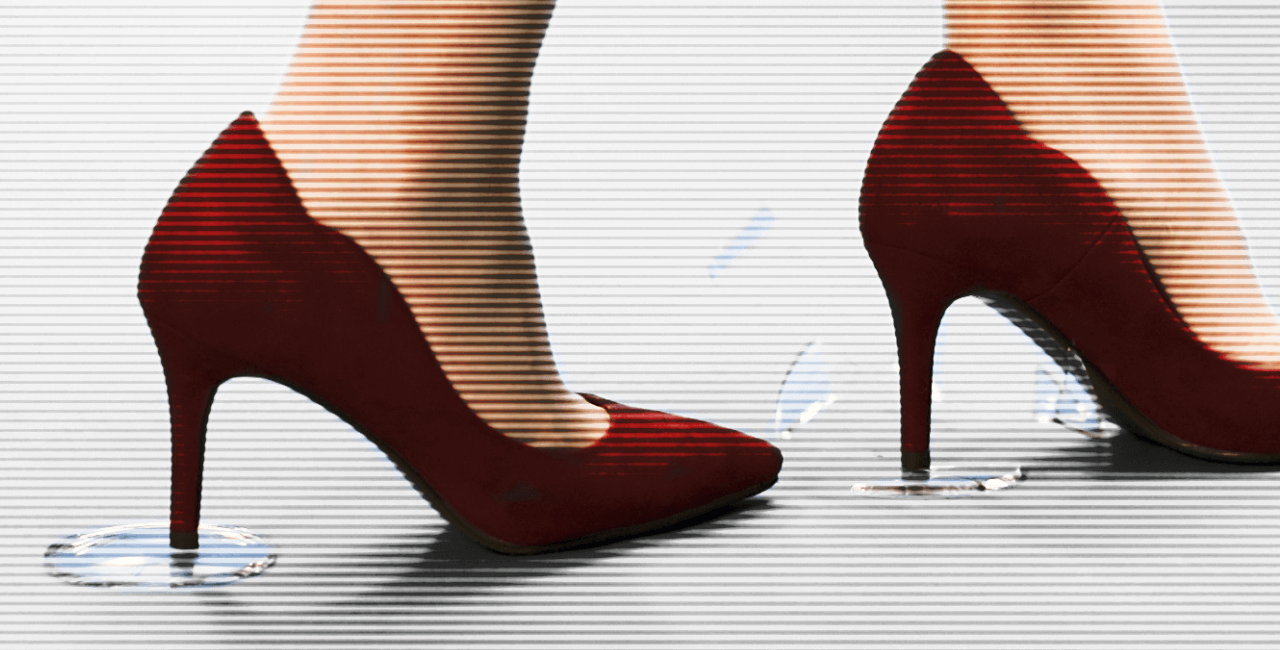

As an optician,
I’ve examined the true strength of MR™ lenses
using common items around us.
Here’s a MR™ lens made of thiourethane and an acrylic lens.
They look nearly identical; you wouldn’t be able to tell them apart.
But the two lenses are made of totally different materials and have big differences in terms of their physical properties.
Let’s do some experiments to check out the differences.
Dropping a Metal Ball onto the Lenses
The purpose of this experiment is to confirm lens safety. Both the MR™ lens and acrylic lens are standard lenses with an optical power of −2.00. The metal ball is dropped onto the lenses to compare their susceptibility to chipping. See how the edge of the acrylic lens is slightly chipped? That’s because the acrylic material has low toughness, meaning it chips easily. Now, let’s take a look at the MR™ lens after dropping the metal ball on it in the same way. The MR™ lens significantly reduces the risk of chipped edges with rimless eyeglasses, which can occur even if you drop the glasses just a short distance. The MR™ lenses, with their superior toughness, also reduce the risk of accidents with two-point glasses, including cracked lenses.
Stepping on the Lens with High Heels or a Chair Leg
Let’s apply a pinpoint load to the lens. The acrylic lens shatters, sending tiny fragments flying around. Next, let’s apply the pinpoint load on a MR™ lens. The lens bends and presses against the floor, but it doesn’t break. The MR™ lens offers both excellent toughness and impact resistance, making it less likely to shatter. It’s a safer and more durable lens.